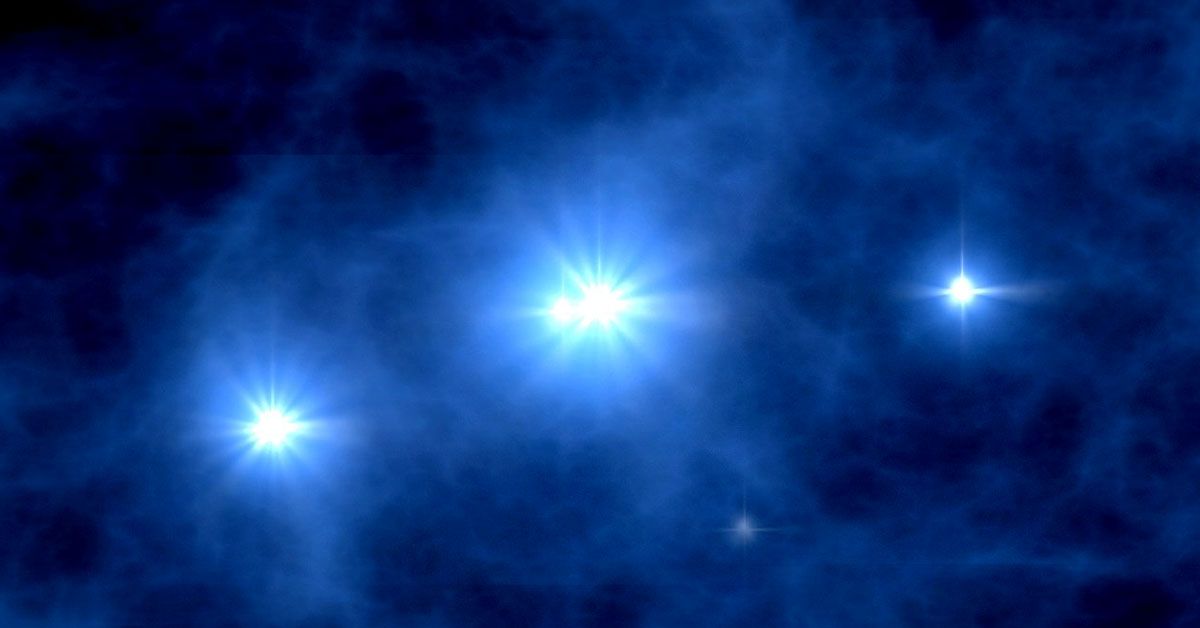The James Webb Space Telescope (JWST), is humanity's new eye in the sky. More powerful than any of its predecessors, the JWST has embarked on an extraordinary mission: to hunt for clues of these elusive Population III stars.
Unraveling the mystery of these primordial stars would mean unlocking secrets about our universe's infancy and how subsequent stars and planets, including our own, came to be.
But what makes these Population III stars so hard to find? And how is the JWST enhancing our chances of finally detecting them?
The Characteristics of Population III Stars
Born from the pristine gas clouds that filled the universe after the Big Bang, these stars were the epitome of simplicity.
They primarily consisted of the two lightest elements, hydrogen, and helium. There were trace amounts of lithium and almost none of the heavier elements, like carbon and oxygen, that are common in later generations of stars.
Interestingly, their simplicity played a massive role in the universe's progression. When these stars exhausted their fuel, they ended their lives in spectacular explosions, known as supernovae.
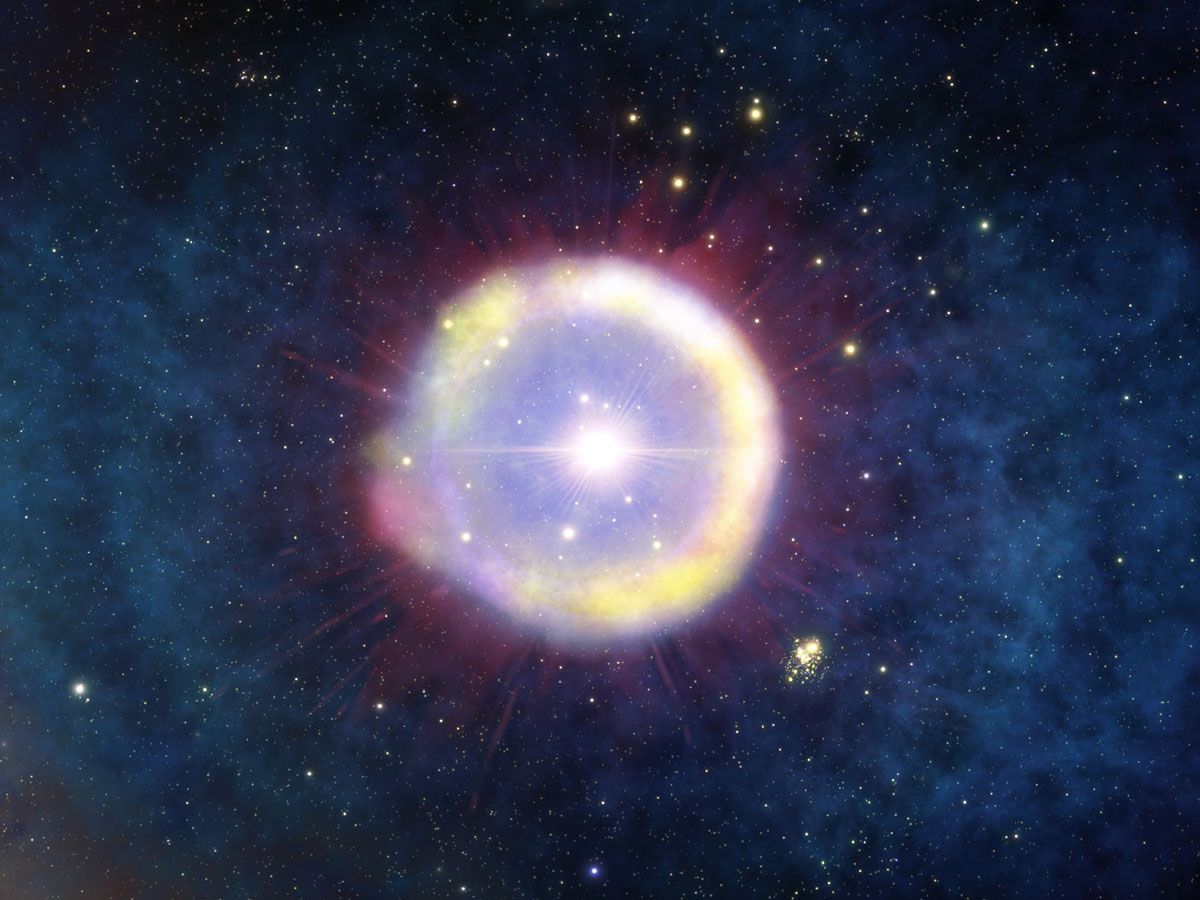
These cataclysmic events released energy and an array of heavier elements, enriching the surrounding space with material that would serve as the building blocks for the next generation of stars and eventually the planets.
So, in essence, Population III stars laid the foundation for the cosmos as we know it today.
The Challenges in Discovering Population III Stars
However, despite their significant contributions to the universe's evolution, Population III stars have remained elusive. The quest to find them is like hunting for cosmic ghosts, It's challenging and for good reasons.
One of the main difficulties lies in their size. These stars are believed to be smaller and fainter than their successors, making them difficult to spot among the vast and vibrant starry backdrop of the universe.
Adding to the challenge, their light, already dim and distant, is often obscured by the glare of younger, brighter stars. This has made it incredibly difficult to differentiate any potential Population III star from the countless others in the cosmos.
Moreover, the journey to discover these primordial stars has been filled with many instances of near-misses and inconclusive findings.
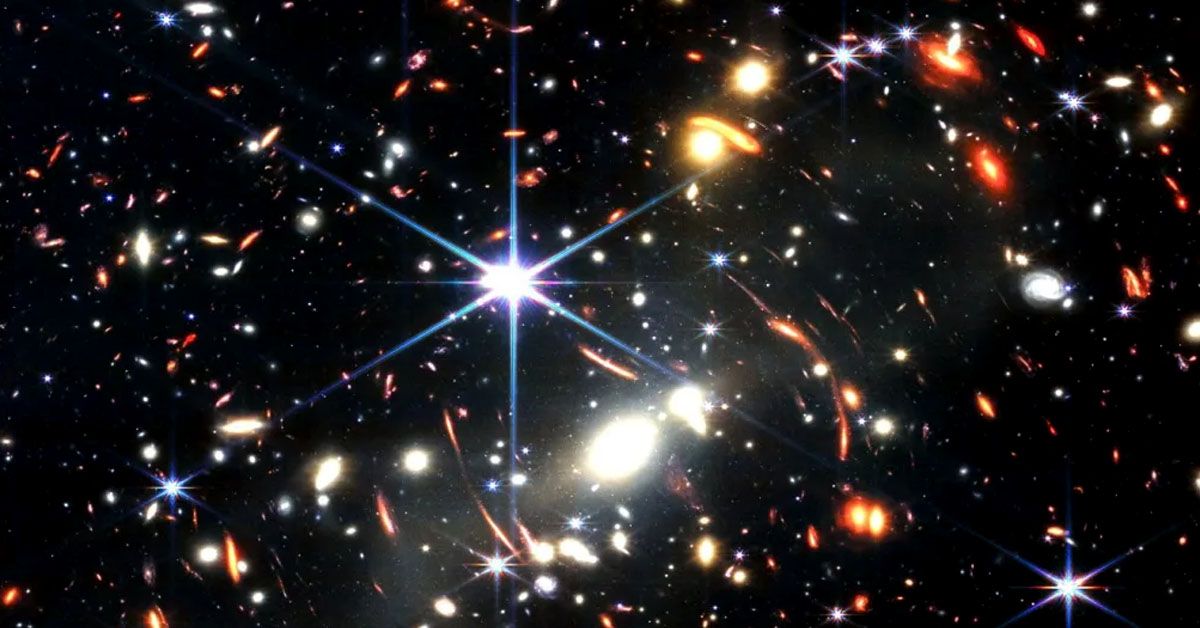
Over the years, astronomers have caught tantalizing hints of these stars' existence - peculiar chemical patterns in ancient, low-metal stars, faint galaxies at the edge of the observable universe, and even mysterious signals from the cosmos' dawn.
But, definitive evidence of Population III stars has remained frustratingly out of reach. The real proof would come from directly observing these stars, a task that has proven to be exceptionally demanding, given the technological limits of past observatories.
So, are we destined never to find these celestial pioneers, or is there a glimmer of hope in our quest? Can the new era of telescopes like JWST turn the tide in our favor?
Evidence in the Outskirts of GN-z11
The telescope employed its cutting-edge infrared vision to penetrate the deep cosmic veil, allowing astronomers to investigate GN-z11, one of the most distant galaxies known. To their excitement, they unearthed an intriguing clue - traces of helium.
Why is helium important? To answer this question, we need to remember that Population III stars primarily consisted of hydrogen and helium.
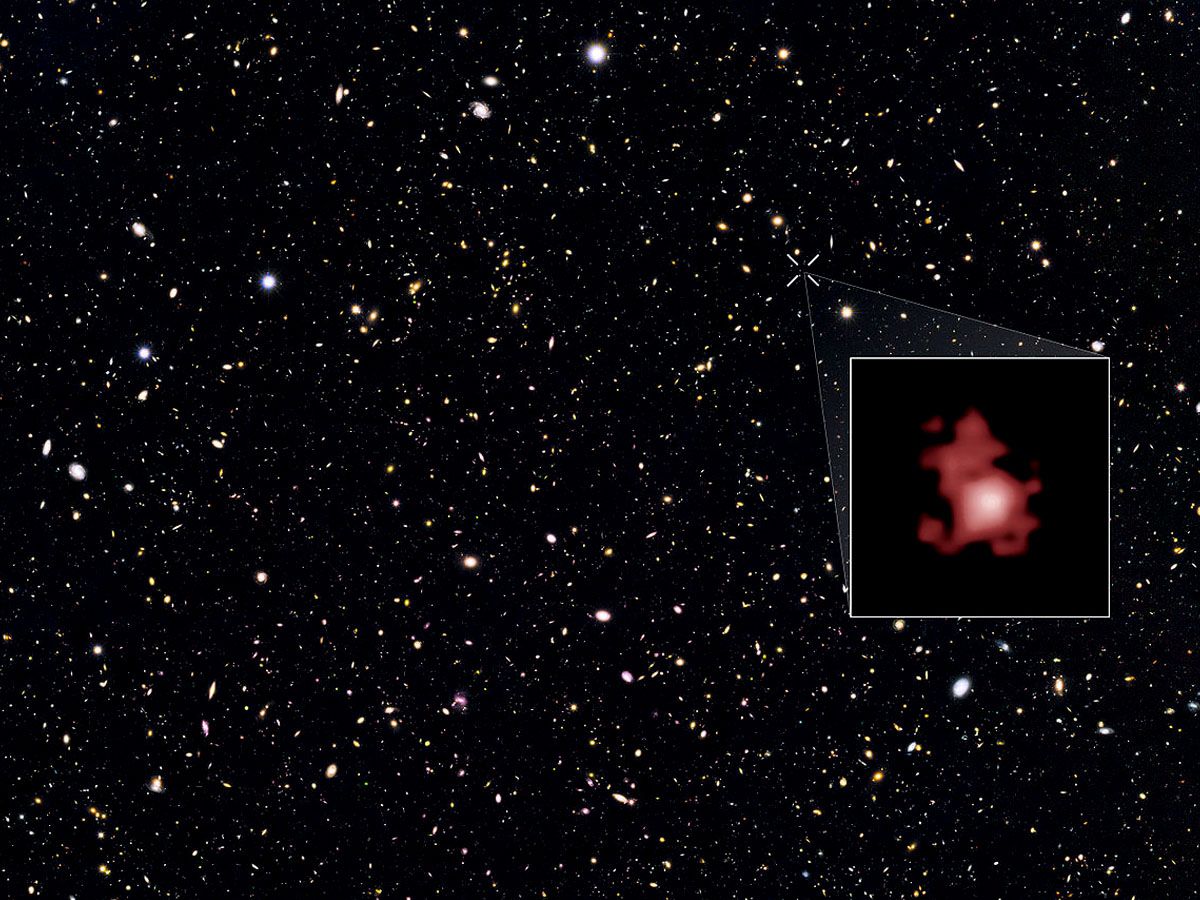
These stars, once they had exhausted their hydrogen fuel, would have started fusing helium, leading to their eventual demise in the form of supernovae.
The remnants of these explosions, including released helium, can be viewed as breadcrumbs leading us back to these early stars.
Thus, the discovery of hints of helium in GN-z11 offers a tantalizing hint of the possible existence of Population III stars in this remote galaxy.
A Tiny Galaxy with Primordial Stars
The second act of our cosmic play takes us to an even smaller stage - a diminutive galaxy nestled within a galaxy cluster. This tiny galaxy, seemingly insignificant, had a surprise up its sleeve for the observers on Earth.
The JWST, once again, played a pivotal role in this discovery. Its advanced instruments detected emissions of hydrogen and oxygen that appeared to be magnified, an anomaly in an otherwise ordinary galactic environment.
The peculiar concentration of these emissions hints at an exciting possibility: the presence of extremely primordial stars, the potential cousins of Population III stars.

These stars, if they indeed are the long-lost relatives of Population III stars, would have formed in similar conditions: a universe freshly minted from the Big Bang, consisting mostly of hydrogen and some helium, with oxygen being one of the heavier elements produced later.
Therefore, the magnified emissions of hydrogen and oxygen might be the cosmic echoes of these ancient stars, indirectly hinting at the possible presence of our sought-after Population III stars.
A Star in Our Galaxy's Halo
As the curtain falls on our second act, we turn our telescopes back home, towards the halo of our own Milky Way galaxy. Here, researchers found something unexpected – a star that might have a direct lineage back to the elusive Population III stars.
This star, unlike any other in the surrounding area, displayed characteristics that suggest it might have been formed from the remains of a Population III star.
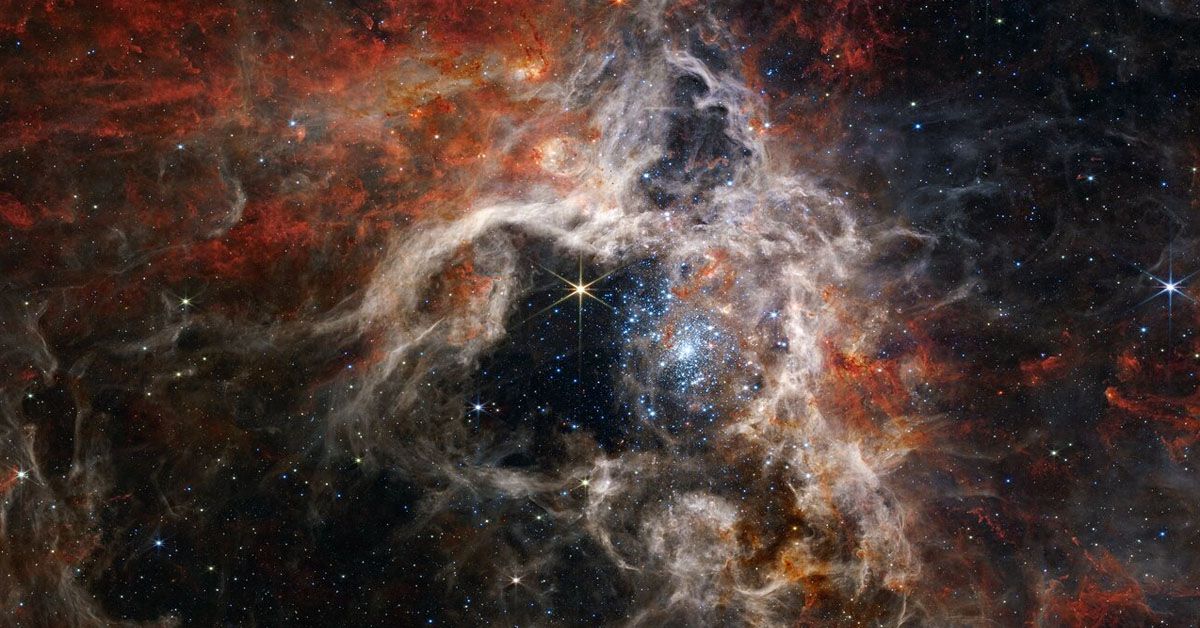
This means that after a Population III star ended its life in a supernova, the released materials eventually coalesced under gravity to form this star.
If confirmed, this star could be a second-generation star, a child of the ancient Population III stars, providing a tangible connection to the universe's early days.
The Implications of Discovering Population III Stars
Unearthing a Population III star would be like finding the universe's original blueprint. The echoes of these primordial stars could unlock new understanding about our cosmic origins, giving us a clearer glimpse into the universe's earliest chapters.
But what exactly would such a monumental discovery entail?
The very fabric of these stars, their size, mass, and the elements they contain would offer priceless data to scientists. By studying these characteristics, we could learn about the physical conditions that prevailed in the universe's infancy.
It would be like finding a time capsule from a time when the cosmos was just beginning to evolve from a monotonous sea of hydrogen and helium into the diverse and complex universe we live in today.
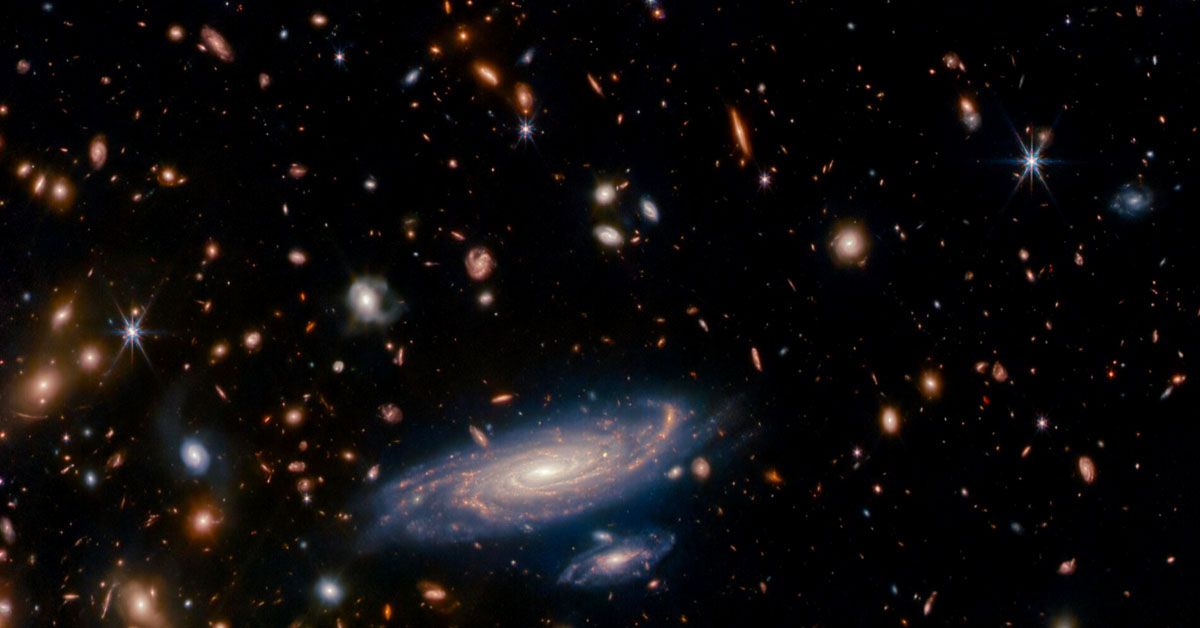
In addition to their size and mass, these stars played a starring role in the universe's chemical evolution. Their explosive ends sowed the cosmos with heavier elements, setting the stage for the formation of future stars, planets, and eventually, life.
So, uncovering these stars would provide vital insights into how the universe became chemically rich and diverse. It's akin to tracing back your family tree to its very roots, understanding how your ancestors' lives and choices shaped your existence.
The Continued Search for Population III Stars
The JWST's advanced infrared capabilities will continue to push the boundaries of what we can observe. We're not just talking about spotting more remote galaxies and detecting faint signals, but also gathering comprehensive data about these elusive stars' existence and their unique characteristics.
This information would help astronomers construct a more complete picture of these celestial bodies, such as their size, mass, lifespan, and even their behavior during their explosive end.

Moreover, the JWST can use its instruments to analyze the light coming from distant galaxies in more detail. By splitting the light into its constituent colors - a technique known as spectroscopy - astronomers can identify the different elements present.
This will allow them to identify the signatures of Population III stars - or the lack thereof - in galaxies at the edge of the observable universe.
The Potential of Individual Star Resolution
As advanced as JWST is, it does have its limitations. One such limitation is that it currently cannot resolve individual Population III stars.
Why is that? It's because these stars are extremely distant, and their faint signals are often drowned out by the noise of the universe.
However, this doesn't mean that individual star resolution is a lost cause. As technology progresses and new methods are developed, the dream of directly observing a single Population III star might just come within reach.

Could there be a day when we point to a faint light in the sky and say, "That's a Population III star"? Only time will tell.
But one thing is certain! With astronomers' continued efforts and the JWST's remarkable capabilities, we're getting closer to unraveling the mystery of the universe's first stars.
Sources: scientificamerican.com
